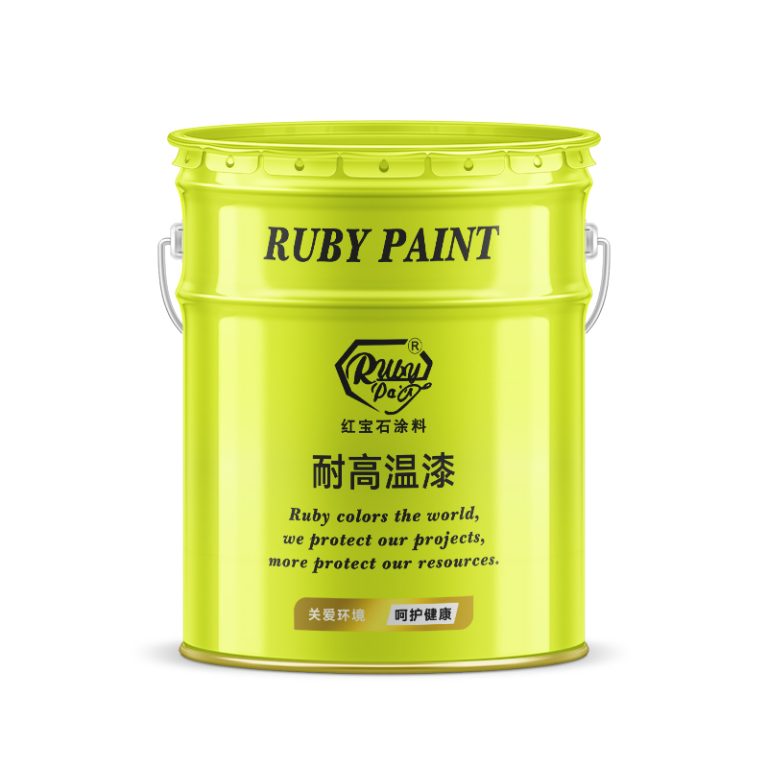Table of Contents
Easy Techniques for Creating Stunning Acrylic Landscapes on Canvas
Simple acrylic painting for beginners on canvas can be an enjoyable and rewarding experience, especially when it comes to creating stunning landscapes. Acrylic paints are a versatile medium that allows artists to explore a range of techniques and styles. For those just starting out, there are several easy techniques that can help you create beautiful landscape paintings on canvas.
One of the first techniques to consider is the use of a limited color palette. By choosing just a few colors, beginners can focus on mastering the application of paint and blending techniques without being overwhelmed by color choices. A simple palette might include a blue for the sky, a green for foliage, and a brown for the earth. This approach not only simplifies the painting process but also helps in achieving a cohesive and harmonious look in the finished piece.

Another technique that can be particularly effective in landscape painting is the use of different brush sizes and shapes. A larger, flat brush can be used for broad strokes to create the sky or background, while smaller, round brushes can be used for detailing trees, bushes, and other elements in the foreground. Experimenting with different brushes can help beginners understand how each tool can be used to achieve different effects and textures in their paintings.
Layering is another key technique in acrylic painting. By building up layers of paint, from the background to the foreground, artists can create depth and dimension in their landscapes. Start with lighter colors and broader strokes to establish the background, and gradually add darker colors and finer details as you move towards the foreground. This method not only adds complexity to the painting but also allows for corrections and adjustments along the way.
Blending is an essential skill in acrylic painting, especially when it comes to creating realistic skies and clouds. To achieve a smooth gradient in the sky, use a dry brush technique where you gently blend the edges of two colors together without adding additional water or medium. This can create a soft transition between colors, mimicking the natural look of the sky. For clouds, dab a lightly loaded brush with white paint onto the blue background and softly blend the edges to create fluffy, realistic clouds.
Finally, adding highlights and shadows can bring a landscape painting to life. Use a small brush and a lighter version of the main colors to add highlights where the light naturally hits the landscape, such as the tops of trees or along a pathway. Conversely, add shadows using a darker shade to areas that would naturally be in shadow, such as under bushes or the underside of clouds. This contrast between light and dark can enhance the three-dimensional effect of the painting.
By mastering these simple techniques, beginners can create stunning acrylic landscapes on canvas that are both beautiful and expressive. With practice and experimentation, you can develop your own unique style and approach to landscape painting. Remember, the key to successful acrylic painting is to enjoy the process and learn from each experience. So, grab your brushes, choose your canvas, and start your journey into the world of acrylic landscape painting.
Step-by-Step Guide to Painting Your First Acrylic Still Life on Canvas
Acrylic painting is a versatile and accessible medium for beginners, offering a wide range of creative possibilities. If you’re new to painting and looking to create your first acrylic still life on canvas, this step-by-step guide will help you get started and achieve satisfying results.
| Nr. | Article Name |
| 1 | Fluoracarbon middle paint |
To begin, you’ll need to gather your materials. You’ll need a canvas, acrylic paints, paintbrushes, a palette, a palette knife, a cup of water, and some paper towels. Choose a simple still life subject, such as a bowl of fruit or a vase of flowers, and set it up in a well-lit area. Take a moment to observe your subject and consider the composition and colors you want to use in your painting.
Once you have your materials and subject ready, start by sketching the basic shapes of your still life onto the canvas using a pencil. This initial sketch will serve as a guide for your painting, so keep it light and simple. Focus on capturing the overall proportions and placement of the objects in your composition.
Next, it’s time to start painting. Begin by blocking in the basic colors and shapes of your still life using a large brush. Use broad strokes to fill in the areas of color, and don’t worry too much about details at this stage. The goal is to establish the overall composition and color scheme of your painting.
| Serial Number | Product |
| 1 | Epoxy Zinc rich paint |
As you continue to work, gradually refine the shapes and colors in your painting. Switch to smaller brushes to add details and define the edges of objects. Pay attention to the way light and shadow interact with the surfaces of your still life, and use this information to create depth and dimension in your painting.
One of the great advantages of acrylic paint is its fast drying time, which allows you to work in layers and make adjustments quickly. If you make a mistake or want to change something, simply let the paint dry and then paint over it. Experiment with different techniques, such as blending, glazing, or using the palette knife to create texture.
As you approach the final stages of your painting, take a step back and assess your work. Look for areas that may need more attention or refinement. Make any necessary adjustments to the colors, details, or composition. Remember, the goal is not to create a perfect replica of your still life, but rather to capture its essence and express your own artistic vision.
Finally, once you are satisfied with your painting, allow it to dry completely. You may choose to add a protective varnish to preserve the colors and surface of your artwork. Congratulations, you have completed your first acrylic still life on canvas!
In conclusion, painting with acrylics is a rewarding and enjoyable experience, especially for beginners. By following this step-by-step guide, you can create a beautiful still life painting that showcases your creativity and skill. Remember to be patient with yourself, experiment with different techniques, and most importantly, have fun with the process. With practice and perseverance, you’ll continue to improve and find your own unique style as an acrylic painter.






